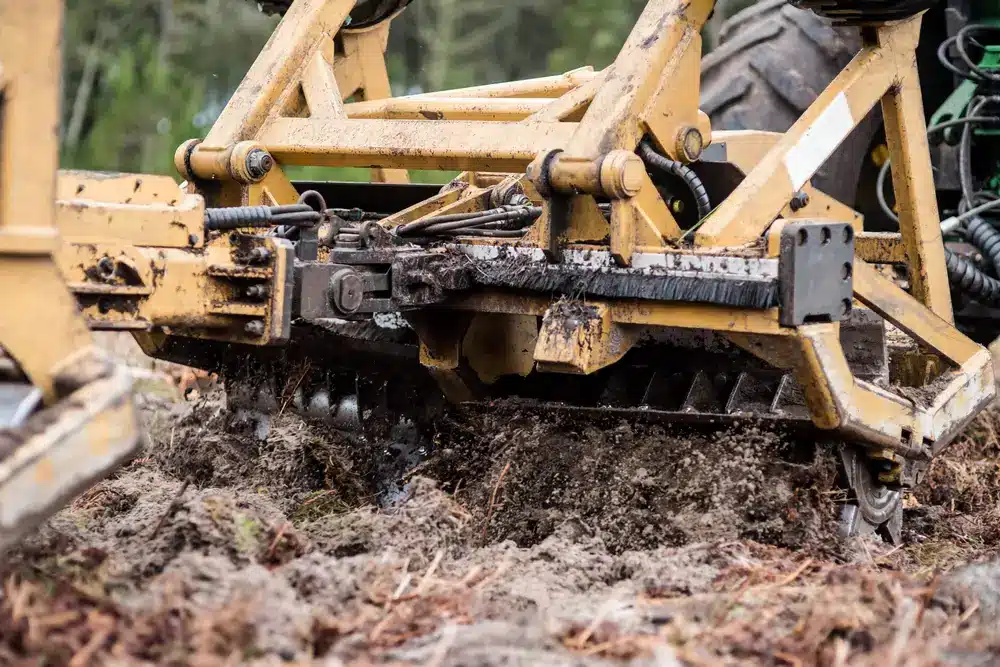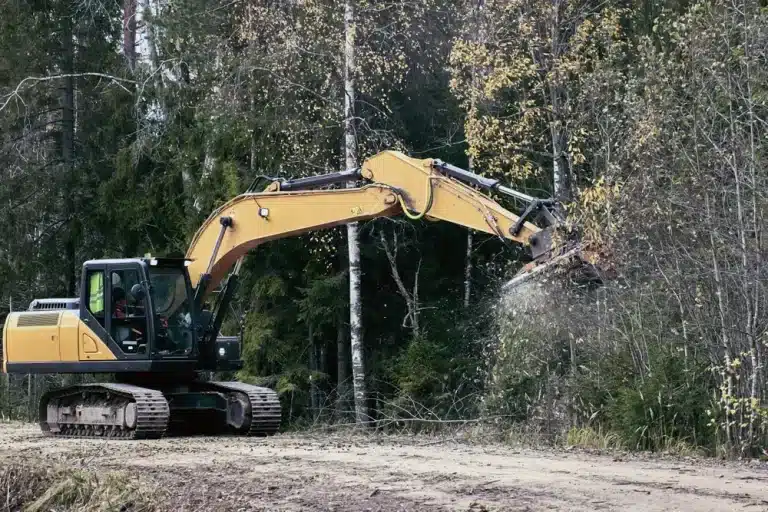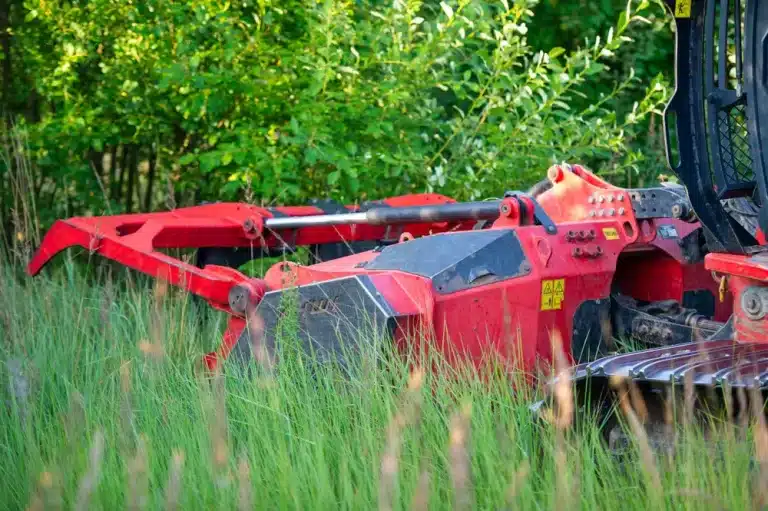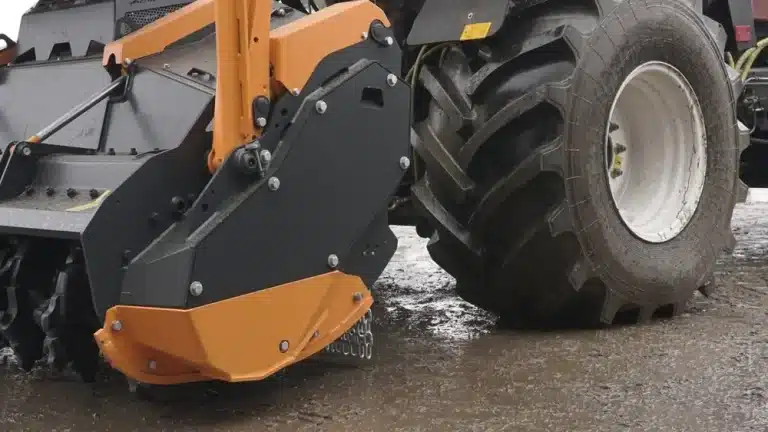In Toulouse and throughout Occitanie, forestry professionals face a key question: is it better to buy a brand-new forest mulcher or a used one? With terrain ranging from the Pyrenees to the Garonne floodplains, your choice affects both project performance and profitability. Here’s how to make the right call.
Comparing new vs used forestry mulchers
Choosing between a new or used mulcher isn’t just about price it’s about balancing features, support, and risk:
- Price: New mulchers cost up to twice as much as used ones
- Warranty: New machines offer 1–2 year warranties; most used models come with none
- Technology: New models include fuel-efficient engines, digital controls, and better safety
- Depreciation: New units drop 20–30% in value in the first 2 years; used machines hold value longer
New machines offer peace of mind, but used ones can deliver excellent value—if chosen wisely.
Matching the machine to professional needs
Your buying decision should reflect the realities of your work:
- Job type: Daily heavy-duty work? Choose high power (150+ HP) and large cutting width
- Frequency of use: Occasional or seasonal projects can justify a used model
- Comfort features: New machines often include anti-vibration seats, digital displays, and noise control
- Total cost of ownership: A used machine might burn more fuel or need more frequent repairs—those costs add up
Before buying used, inspect carefully for signs of wear and verify that the machine wasn’t pushed beyond its limits.
How to evaluate a used forestry grinder
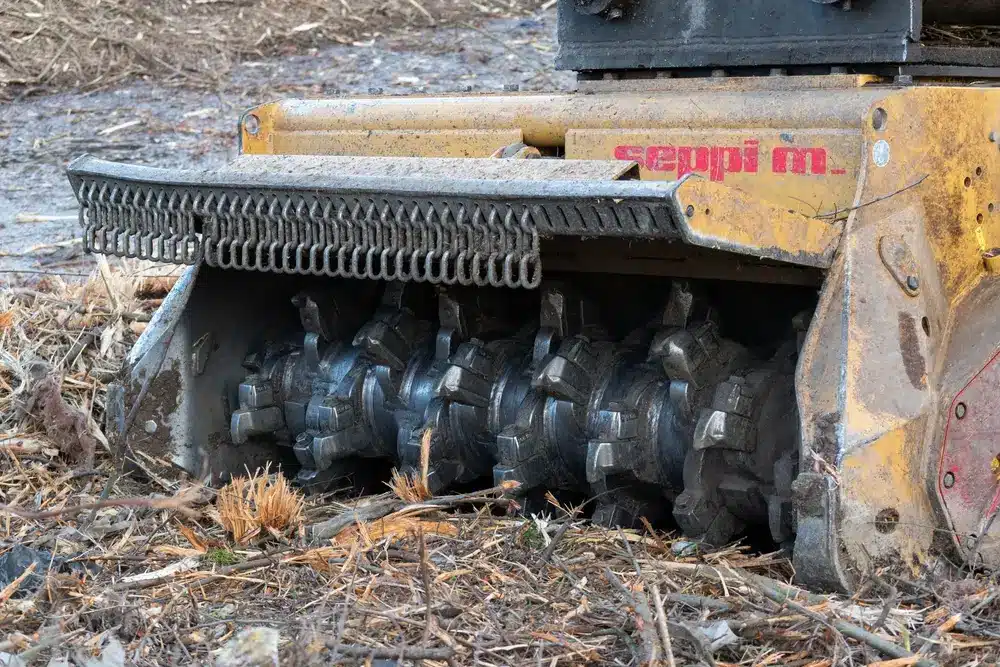
If you’re considering second-hand equipment, take these steps:
- Inspect critical parts: Check blades, hammers, belts for cracks, dullness, or loose fit
- Ask for service records: Oil changes, replaced filters, and past repairs reveal how well it’s been maintained
- Test it cold and hot: Listen for odd sounds or poor performance under load
- Check for parts availability: If replacements are rare or discontinued, you’ll face delays
Bring a mechanic if needed hidden issues can wipe out your initial savings.
Pros and cons of buying used vs new
Used mulchers
Pros
- Lower upfront cost
- Slower depreciation
- Immediate availability
Cons
- No warranty
- Unknown usage history
- Possible outdated safety or emissions features
- Higher fuel use and more frequent breakdowns
New mulchers
Pros
- Latest tech and fuel efficiency
- Full warranty and support
- Customizable configuration
- Easier training and onboarding
Cons
- Higher purchase price
- Rapid early depreciation
- Longer lead times for delivery
Choose new if uptime, operator comfort, and long-term reliability are critical. Choose used if budget is tight and you know what to look for.
Choosing the right grinder for the job
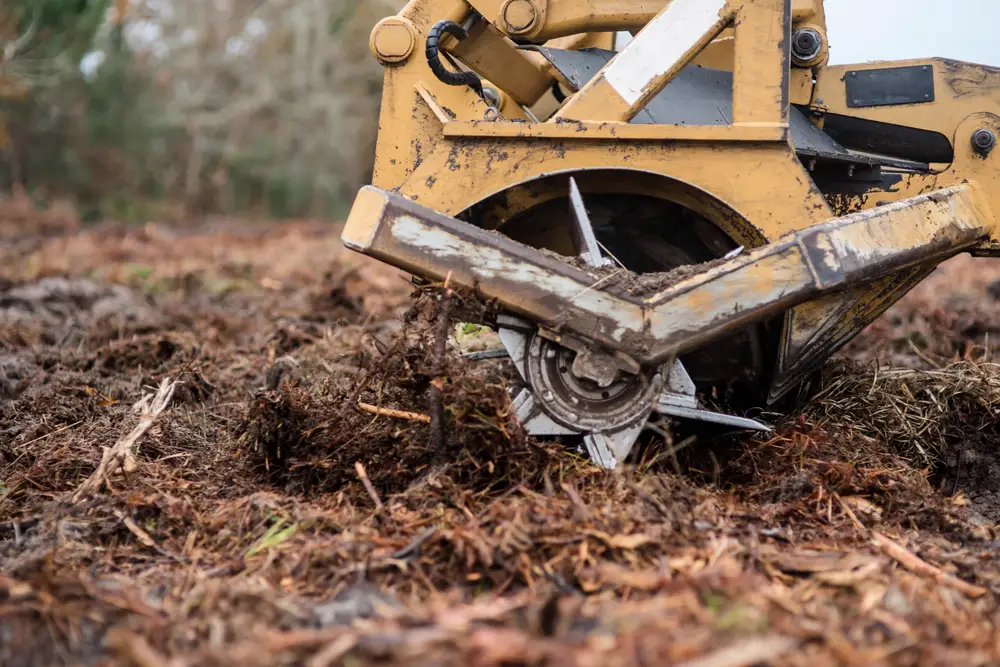
Forestry mulchers come in three main types:
| Grinder Type | Key Features | Best Use |
| Drum | Deep, fast cuts | Land clearing, roots, heavy brush |
| Disc | Uniform chips, medium cut | Mulching, general vegetation |
| Horizontal | High-volume, fine output | Biomass plants, wood recycling |
Also consider mobility:
- Self-propelled: Great for hills, large sites—no towing needed
- Tractor mounted: Cheaper, ideal for farms, slower to deploy
- Tracked vs wheeled: Tracks grip better on slopes or soft ground; wheels are faster on flat terrain
Maintenance requirements and service life
New or used, maintenance is critical. Best practices include:
- Daily: Clean filters, grease fittings, check blades and belts
- Weekly: Inspect engine, check bolts, watch for leaks
- Seasonal: Deep clean, change fluids, inspect for wear
Use OEM parts only cheap alternatives can shorten the lifespan. Track service history for trends. Well-maintained new machines can last 8,000–10,000 hours; used ones get close if treated right.
Smart buying: avoiding common pitfalls
Follow these best practices when shopping:
- Don’t skip test runs: Check noise, responsiveness, and cutting power
- Pack a checklist: Cutting width, power requirements, safety features
- Avoid “too good to be true” deals: Watch for hidden costs like transport, spare parts, and missing manuals
- Compare before buying: Ask local pros, evaluate support in your region, and get feedback on brand reliability
Hurrying the purchase process often leads to poor fits. Patience and preparation pay off.
How to measure the ROI of your forestry grinder
Track your grinder’s performance in the field:
| Metric | Grinder A | Grinder B | Grinder C |
| Volume (m³/hour) | 8 | 10 | 6 |
| Fuel use (L/hour) | 12 | 14 | 9 |
| Avg. repair cost | $200/year | $250/year | $150/year |
| Blade life (hrs) | 400 | 350 | 500 |
Also track:
- Chip quality – Fine or uniform output?
- Operator feedback – Comfort, ease of use, visibility
- Uptime vs downtime – Are you hitting your productivity targets?
